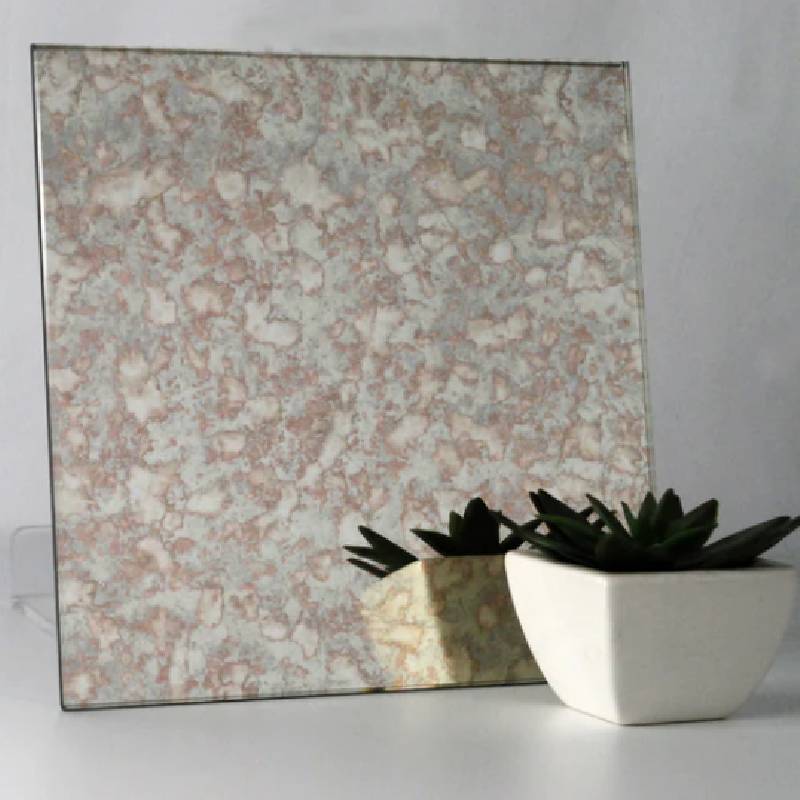Understanding the Costs of a Float Glass Production Line
In the contemporary glass industry, the float glass process is recognized for its efficiency and the high quality of the glass produced. Float glass, widely used in windows, facades, and various consumer products, entails a specific manufacturing process that involves melting raw materials, followed by forming and annealing in a controlled environment. However, establishing a float glass production line incurs substantial costs, which warrants a detailed examination to understand the factors involved.
Initial Setup Costs
The initial capital required to set up a float glass production line can be substantial, often running into millions of dollars. This capital includes several key components
1. Machinery and Equipment The core of any production line, the machinery, includes melting furnaces, forming baths, rollers, and various other equipment essential for the float glass process. For instance, the furnace alone can cost upwards of $5 million, due to its complexity and the need for robust materials that withstand high temperatures.
2. Building and Infrastructure The physical location of the production line is crucial. Facilities must be designed with specific structural integrity and safety measures to accommodate large machinery and raw materials. Warehousing for raw material storage, as well as space for finished products, also needs to be considered.
3. Technology and Automation Modern float glass plants increasingly rely on automation and advanced technology for efficiency and quality control. The integration of software for monitoring and controlling the production process, alongside automated systems for handling materials, can significantly add to the upfront costs.
Operating Costs
Once the production line is established, there are ongoing operating costs that need to be accounted for, including
1. Raw Materials Float glass production primarily utilizes silica sand, soda ash, and limestone. The quality of these raw materials is paramount, and fluctuations in market prices can greatly affect total production costs.
2. Energy Consumption The float glass process is energy-intensive. The melting process requires significant energy inputs, primarily in the form of electricity and gas. As energy prices fluctuate, they can become a major component of ongoing operational expenses.
3. Labor Costs Skilled personnel are essential for the operation of float glass production lines. While automation may reduce the number of workers required, skilled technicians and engineers are still necessary for monitoring and operating sophisticated machinery. Labor cost variations by region can significantly impact overall expenses.
float glass production line cost
Maintenance and Downtime
Machinery breakdowns and the need for routine maintenance can introduce unexpected costs. Regular maintenance is essential to ensure the machinery operates optimally and to minimize downtime. If a production line halts unexpectedly due to equipment failure, the associated losses can be substantial, not only from the halted production but also from the potential contracts lost during those downtime periods.
Environmental and Regulatory Costs
The glass manufacturing sector is subject to stringent environmental regulations. Compliance costs can encompass emissions control technology, waste management systems, and reporting requirements. Sustainable practices can mitigate long-term costs but may require substantial upfront investments.
Cost Containment Strategies
To manage these costs effectively, manufacturers often adopt several strategies
1. Lean Manufacturing Principles Implementing lean methodologies helps identify waste and optimize operations, thereby reducing costs.
2. Energy Efficiency Initiatives Adopting energy-efficient technologies can lower energy consumption and associated costs, enhancing sustainability.
3. Investing in R&D Continuous innovation in production techniques can lead to cost-saving improvements in efficiency, product yield, and quality.
4. Strategic Sourcing Establishing long-term relationships with suppliers and negotiating contracts can stabilize raw material costs, protecting against market fluctuations.
Conclusion
The costs associated with setting up and operating a float glass production line are significant, encompassing various elements ranging from initial capital investment to ongoing operational expenses. A comprehensive understanding of these costs, alongside strategic management, is essential for manufacturers looking to thrive in the competitive glass industry. By focusing on efficiency, sustainability, and innovation, companies can position themselves to not only manage costs effectively but also to capitalize on new market opportunities in the evolving landscape of glass production.
 Afrikaans
Afrikaans  Albanian
Albanian  Amharic
Amharic  Arabic
Arabic  Armenian
Armenian  Azerbaijani
Azerbaijani  Basque
Basque  Belarusian
Belarusian  Bengali
Bengali  Bosnian
Bosnian  Bulgarian
Bulgarian  Catalan
Catalan  Cebuano
Cebuano  Corsican
Corsican  Croatian
Croatian  Czech
Czech  Danish
Danish  Dutch
Dutch  English
English  Esperanto
Esperanto  Estonian
Estonian  Finnish
Finnish  French
French  Frisian
Frisian  Galician
Galician  Georgian
Georgian  German
German  Greek
Greek  Gujarati
Gujarati  Haitian Creole
Haitian Creole  hausa
hausa  hawaiian
hawaiian  Hebrew
Hebrew  Hindi
Hindi  Miao
Miao  Hungarian
Hungarian  Icelandic
Icelandic  igbo
igbo  Indonesian
Indonesian  irish
irish  Italian
Italian  Japanese
Japanese  Javanese
Javanese  Kannada
Kannada  kazakh
kazakh  Khmer
Khmer  Rwandese
Rwandese  Korean
Korean  Kurdish
Kurdish  Kyrgyz
Kyrgyz  Lao
Lao  Latin
Latin  Latvian
Latvian  Lithuanian
Lithuanian  Luxembourgish
Luxembourgish  Macedonian
Macedonian  Malgashi
Malgashi  Malay
Malay  Malayalam
Malayalam  Maltese
Maltese  Maori
Maori  Marathi
Marathi  Mongolian
Mongolian  Myanmar
Myanmar  Nepali
Nepali  Norwegian
Norwegian  Norwegian
Norwegian  Occitan
Occitan  Pashto
Pashto  Persian
Persian  Polish
Polish  Portuguese
Portuguese  Punjabi
Punjabi  Romanian
Romanian  Russian
Russian  Samoan
Samoan  Scottish Gaelic
Scottish Gaelic  Serbian
Serbian  Sesotho
Sesotho  Shona
Shona  Sindhi
Sindhi  Sinhala
Sinhala  Slovak
Slovak  Slovenian
Slovenian  Somali
Somali  Spanish
Spanish  Sundanese
Sundanese  Swahili
Swahili  Swedish
Swedish  Tagalog
Tagalog  Tajik
Tajik  Tamil
Tamil  Tatar
Tatar  Telugu
Telugu  Thai
Thai  Turkish
Turkish  Turkmen
Turkmen  Ukrainian
Ukrainian  Urdu
Urdu  Uighur
Uighur  Uzbek
Uzbek  Vietnamese
Vietnamese  Welsh
Welsh  Bantu
Bantu  Yiddish
Yiddish  Yoruba
Yoruba  Zulu
Zulu 

